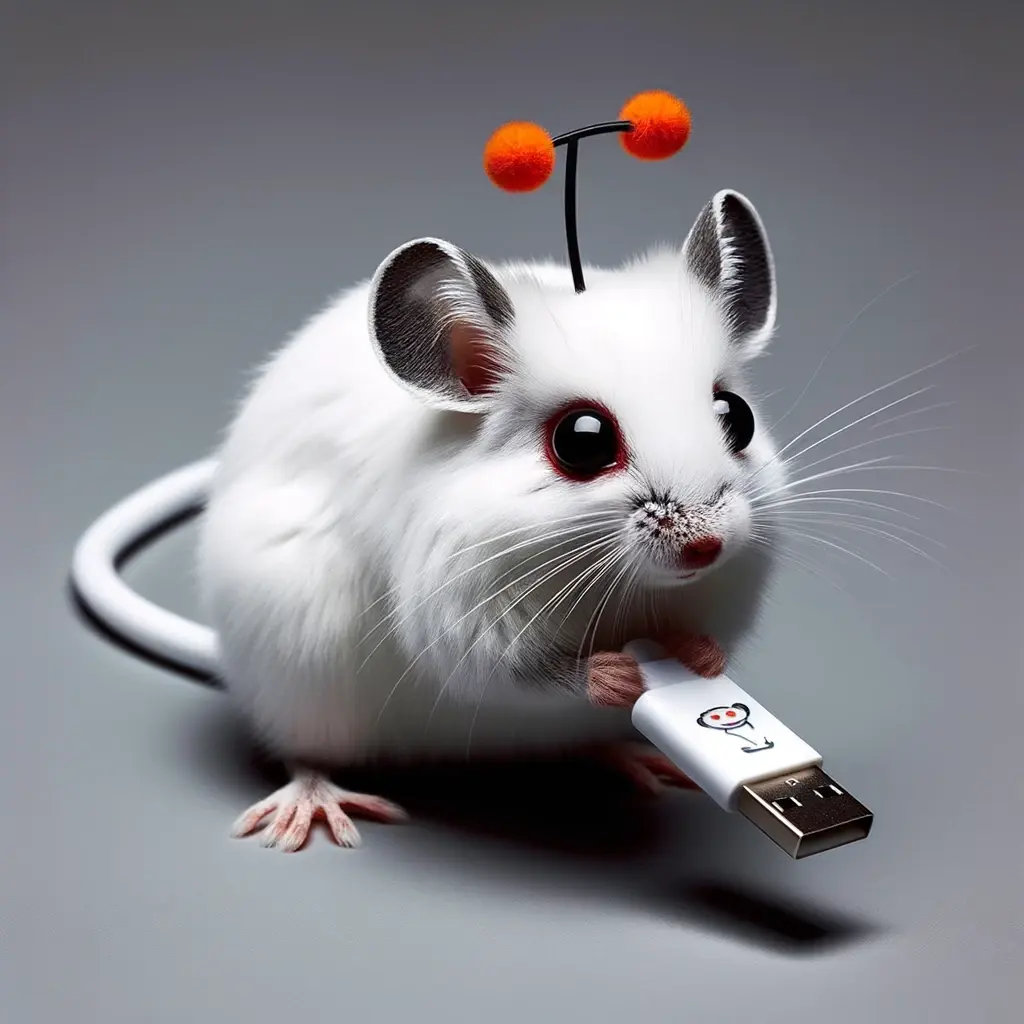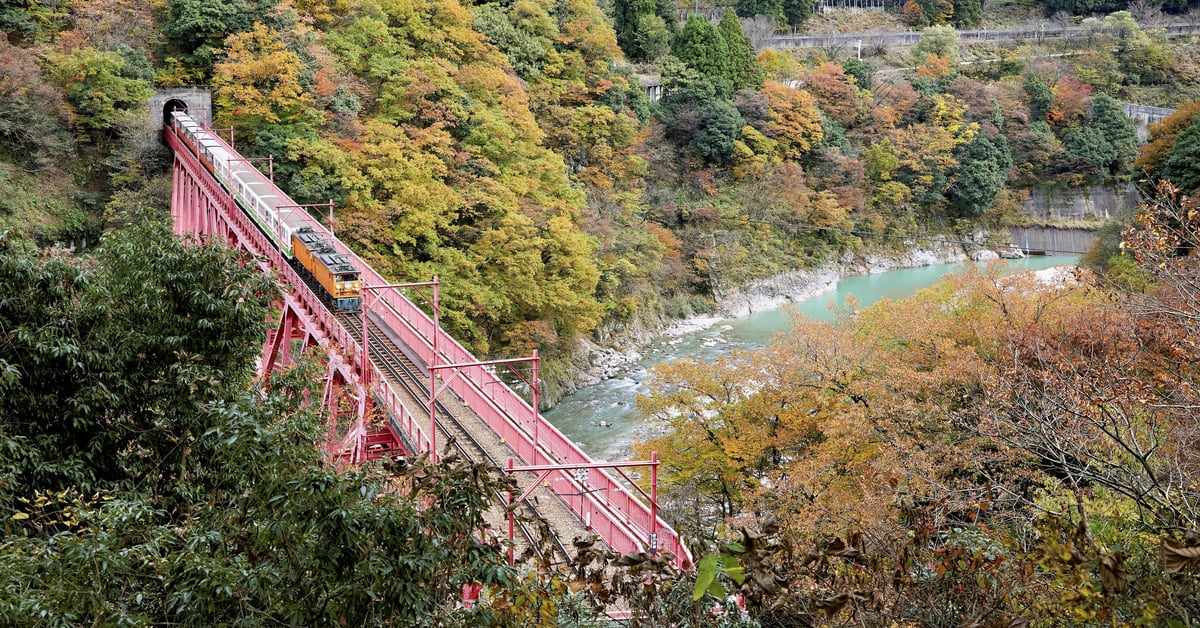This is an automated archive made by the Lemmit Bot.
The original was posted on /r/japantravel by /u/Azrou on 2025-08-11 14:25:02+00:00.
My wife had to go to Tokyo for work last November, so I flew in on her last day of meetings and we spent the next 12 days traveling along the north side of Honshu, down to Kyoto, over to Fukuoka, and back to Tokyo. I had a new camera and lens setup so was really excited to capture the fall colors. Suffice to say that Japan was absolutely gorgeous at this time of year, and I think fall might be my favorite time to visit. Hope this report will be helpful to others looking to do a similar trip.
We’re in our 30s and experienced travelers. This was actually our third trip to Japan in 2024 – once to go skiing at Niseko early in the year, and once in the spring for cherry blossoms – but we lived in Asia at the time and had moved back to the U.S. in the summer. Time tends to be more of a constraint than money, and we like to be comfortable while traveling without going crazy on luxury hotels and the like. We tend to fill out the schedule without a lot of downtime and don’t mind long days.
Some logistical notes:
- Hotels – I made about half our reservations on Booking and the other half directly.
- Internet – I have a Google Fi phone plan and high speed data was seamless as soon as I landed. My wife rented a hotspot from a kiosk at the airport since she arrived earlier.
- IC cards – Not sure if Suica card availability is still an issue (maybe at the airport?), but I had no problem getting them at Tokyo Station.
- Trains – I think it has been well covered here, but since the price increase, the JR Pass wasn’t worth it and I bought all our train tickets individually. I booked Tokaido and Sanyo Shinkansen tickets on SmartEx and linked our Suica cards to the tickets. The app is pretty clunky, feels like an early 2000s interface and can be buggy with accepting some credit cards. Regardless I was able to link a Chase Visa card and it got the job done.
- Maps – Download offline maps on Google just in case. Interestingly, Google would sometimes give different directions on my phone (Android) than my wife’s (iPhone). Generally mine seemed to be more accurate and quicker, especially when transferring on multiple trains/buses. Would also suggest grabbing an app called Organic Maps and getting offline maps on that. It uses data from OpenStreetMap and has a lot more granular detail on certain things like hiking trails.
- Car rental – A bit more of an arduous process than in any other country I’ve visited. Rented one car in Kanazawa from Nissan and another in Fukuoka from Avis through their websites. Make sure you understand exactly what documentation is needed and bring hard copies. For most foreign driver’s licenses, you need an International Driving Permit. In the U.S. these are only issued by AAA and are valid for one year. There were some other quirks like needing to fill up the fuel before return at specific approved gas stations within a certain radius of the car rental office, and showing the agent the timestamped receipt. Anecdotally, the Nissan was a newer car with better features like integrated Android Auto. The Avis car – a Honda Fit, I believe - was a bit older and more basic.
Day 1 – Tokyo
Landed in the afternoon, got a ticket for the Narita Express at the airport, rode to Tokyo Station, and checked in at the Hotel Monterey Ginza. My wife had been at a hotel in Shinjuku for work so she moved her bags over. I saw on socials that an old friend was also on vacation in Japan, and in an incredible coincidence, it turns out she was staying at the exact same hotel. The three of us went for a sushi dinner at the Mitsukoshi in Ginza. Afterwards, we met up with another couple that we’re good friends with who happened to be in Tokyo on their own trip, and stopped at a sake bar.
Day 2 – Kurobe Gorge
Took the Hokuriku Shinkansen to Kurobe and transferred to a local train to Unazukionsen. It’s a tiny place, so everything is within walking distance. We rode the Kurobe Gorge Railway and were rewarded with spectacular views. The gorge walls are steep, so I think the optimal timing is between 10am and 2pm when you’ll have fewer shadows. Try sitting on the right side leaving Unazukionsen and the left side for the return trip to get the best views. There are multiple vantage points in town where you’ll find iconic views of the rail bridges. Rail service was only to Nekomata because of damage from an earthquake in 2024, but the route beyond Nekomata to Kanetsuri and Keyakidaira is supposed to re-open some time in 2025. Back in town we went to a konbini to grab dinner and were surprised to find a troop of monkeys. There were about 25-30 in total wandering around foraging like they owned the place.
We stayed at a ryokan called the Unazukionsen Yamanoha and I didn’t see a single other foreigner there. It’s a larger ryokan but still quite traditional – I have a few tattoos and asked the staff if I would be able to use the onsen, to which they politely said it wasn’t possible. I wasn’t surprised but a bit disappointed as it hadn’t been an issue on previous trips to Niseko and Hakuba. There is an option to reserve a private onsen for 1650 yen to get around this though.
Day 3 – Kanazawa
Dropped our bags at the Daiwa Roynet Kanazawa Miyabi next to the main station in the morning. We spent the day exploring the city, starting off at Kenrokuen which is renowned as one of Japan’s Three Great Gardens. It rained off and on throughout the day but we got lucky and the clouds parted for a bit. The gardens are absolutely serene, and there’s even a small waterfall feeding one of the ponds. Before leaving Kenrokuen we stopped at Seisonkaku and then made the short walk to Kanazawa Castle. In the afternoon we took a bus to the tea district, Higashi Chaya, and sampled some teas and Japanese desserts at Sabo Issho. There were some things we missed like the geisha experience and Nagamachi samurai district, so I hope to get back to Kanazawa in the future. Note that the city buses don’t accept Suica cards – we had to pay cash.
Day 4 - Gassho-zukuri Villages
Picked up a rental car and spent the whole day visiting these UNESCO World Heritage sites. It was overcast and drizzling most of the time which created a wonderful fall atmosphere. Started in Ainokura, the smallest of the three villages. We mostly had the village to ourselves, which would not be the case later – especially at Shirakawa! There are a few short trails in the hills around the village that we explored before moving on to Suganuma. The traditional thatched roofs are remarkable.
We got to Shirakawa around 2pm and had to wait about 45 minutes just to get in the parking lot. This is the largest of the three villages by far and has some food options and souvenir shops. We wrapped up right as they were closing down at dusk and headed back to Kanazawa. There are dozens of tour buses dropping people off throughout the day, so if I had to redo our itinerary I’d have gone to Shirakawa first to try and beat the crowds. This was a Saturday and a holiday (Labor Thanksgiving Day) to boot which probably exacerbated things.
Day 5 – Kyoto
Over to Kyoto where we left our things at the Granbell Hotel before heading out. Most of the day was spent north of the city at Kuramadera. It is a long uphill walk to the temple that takes maybe 90 minutes depending on how often you pause to take in the beautiful pathway and shrines that dot the mountainside. The crowds thin out towards the top where you have the option of returning the same way back to Kurama station or taking a trail down the other side of the mountain. We opted for the latter and found a friend before stopping at Kifune Shrine. I was not expecting Kifune to be such a big attraction, but there were absolute hordes of people there.
The walk down to Kibuneguchi station is another 20-30 minutes on a paved road next to a stream with more gorgeous scenery. That night we met up with my friend from the sushi dinner in Tokyo to see the night illumination at Nijo Castle. There are better night illuminations in Kyoto to see the fall colors, but I hadn’t been to Nijo Castle before so it was a good way to end the day.
Day 6 – Kyoto
My wife was drained from the last few days so she grabbed a few extra hours of sleep while I woke up early and headed to Fushimi Inari. We’ve both been there before but experiencing the sunrise was a different experience altogether. I made it to the top around 7:15am, and by 7:30am the lighting was perfect. After a bit of time hanging out with [the foxes…
Content cut off. Read original on https://old.reddit.com/r/JapanTravel/comments/1mneev9/trip_report_autumn_in_japan/


